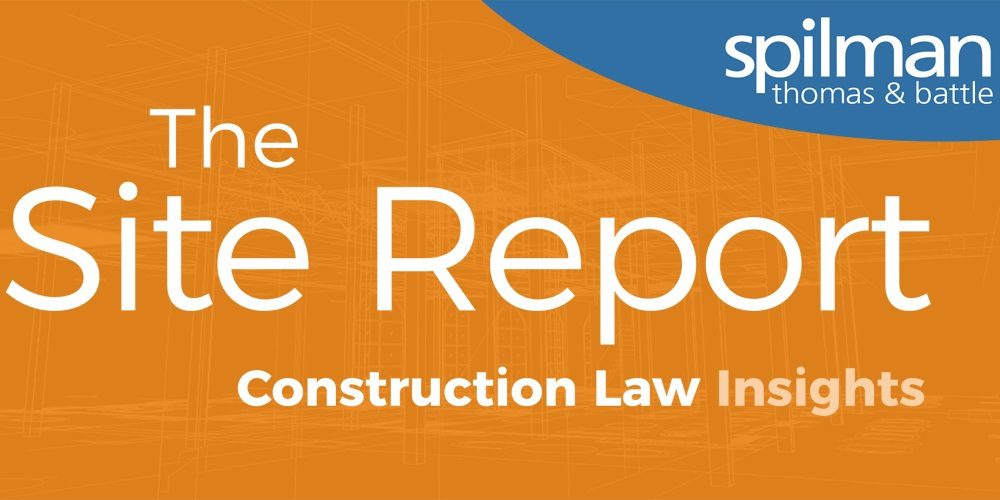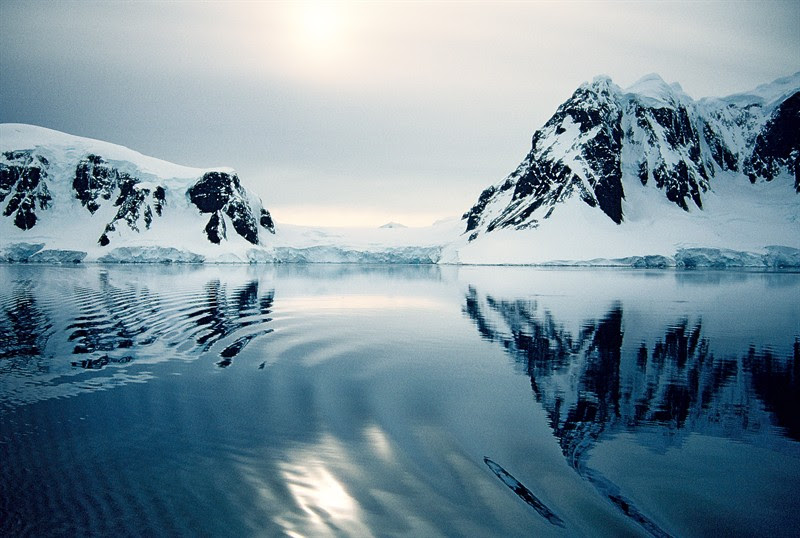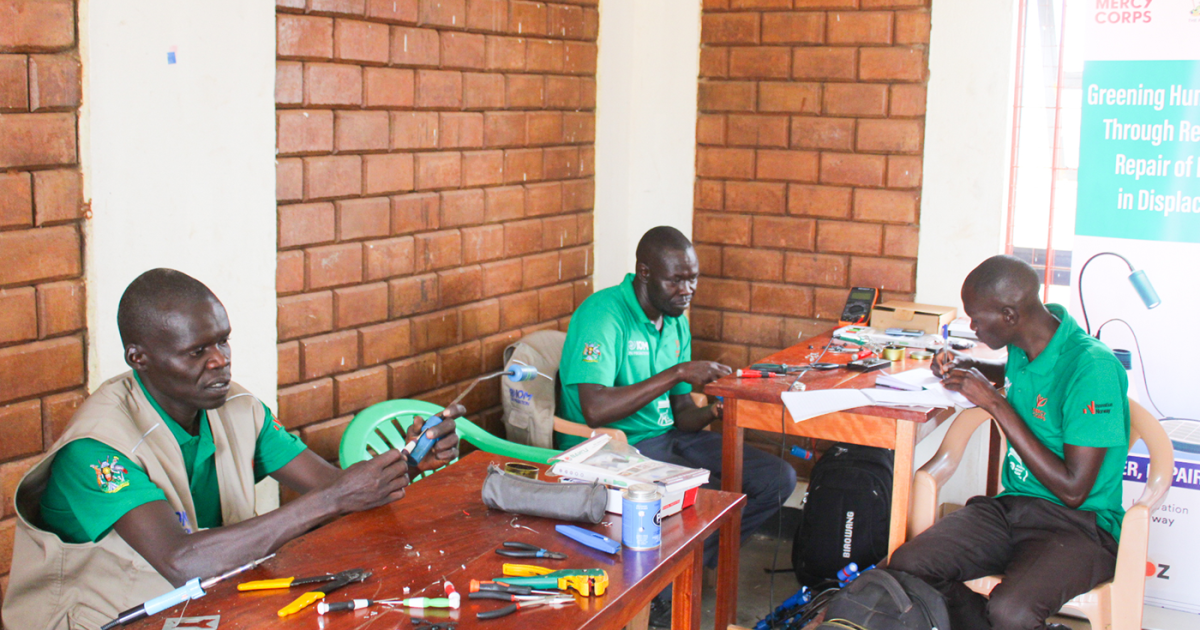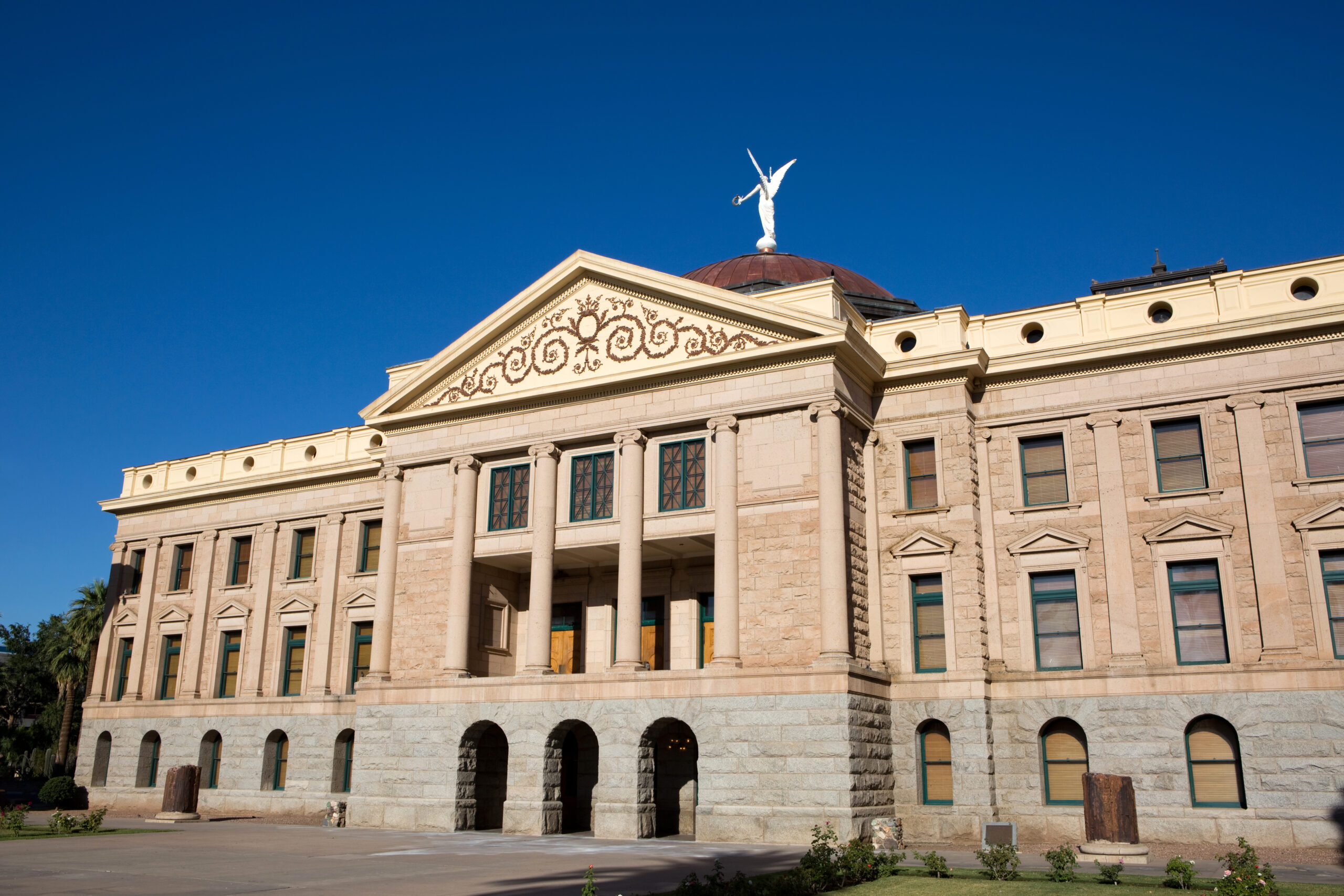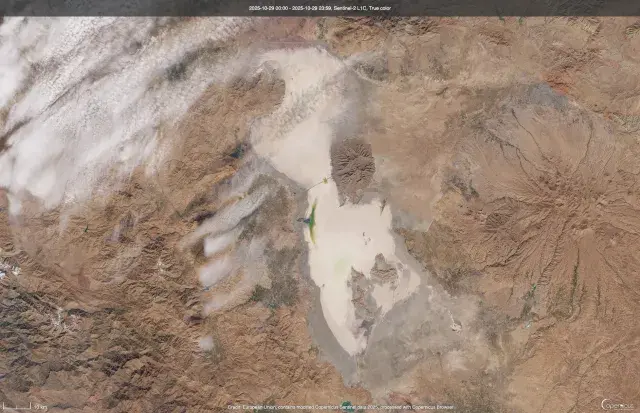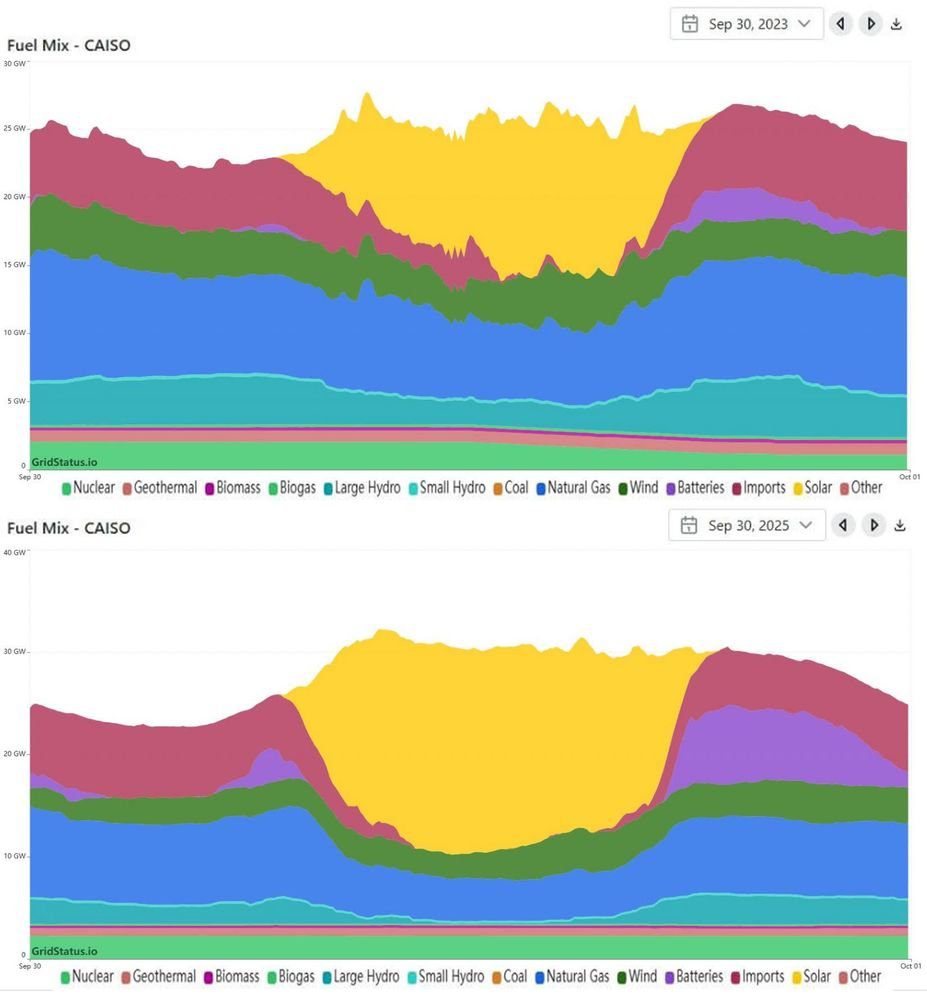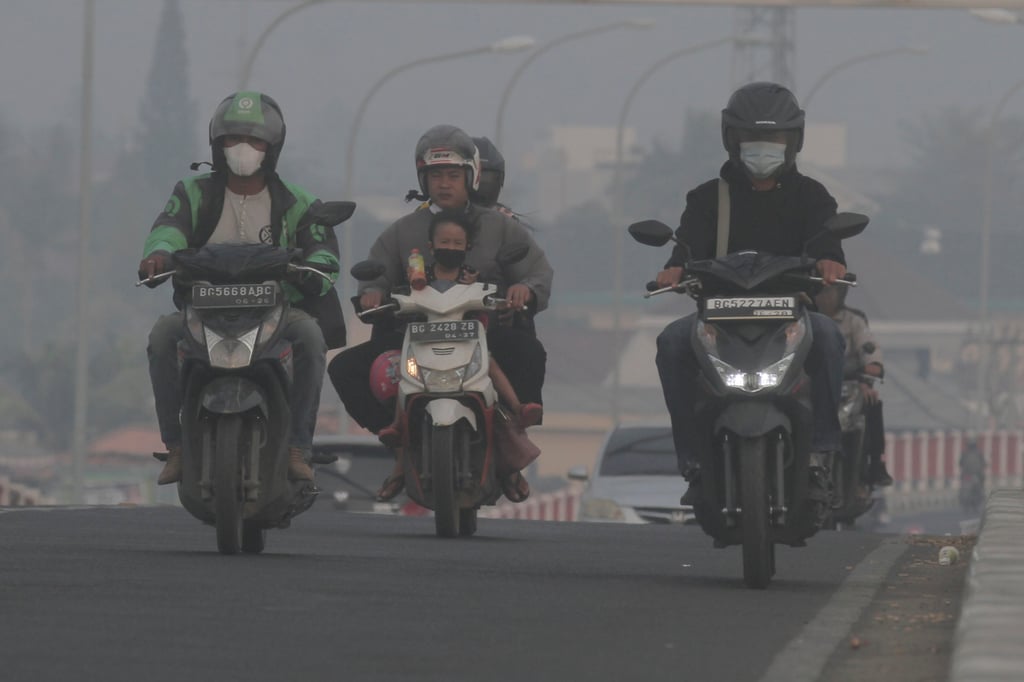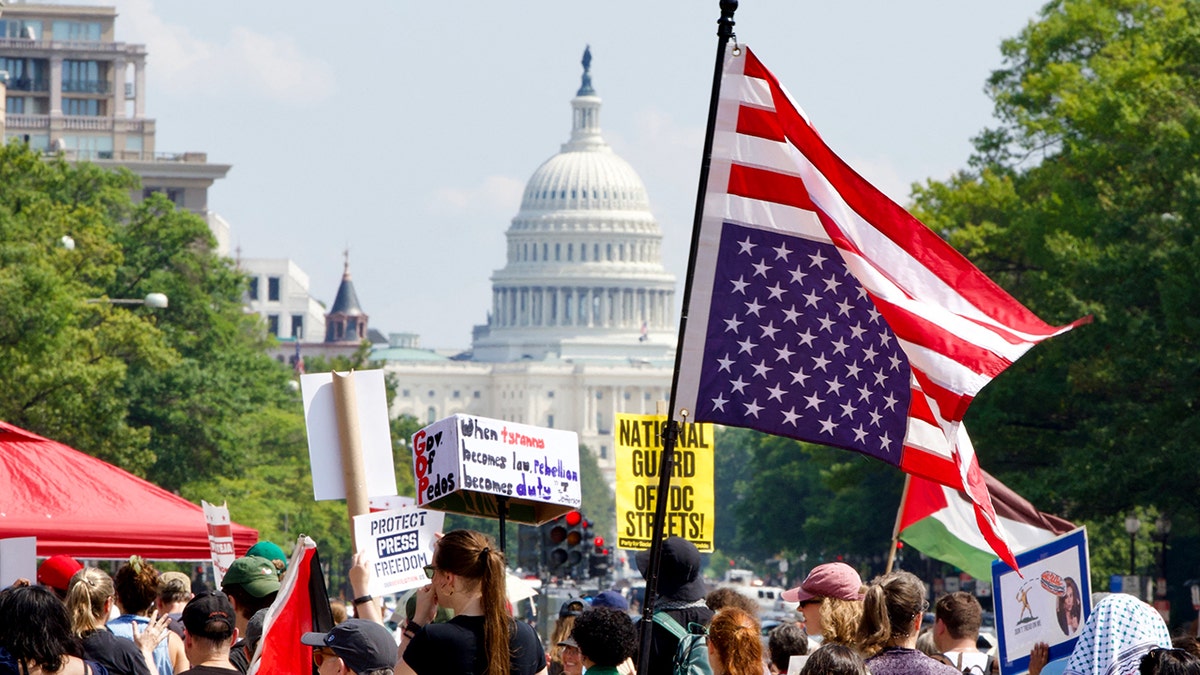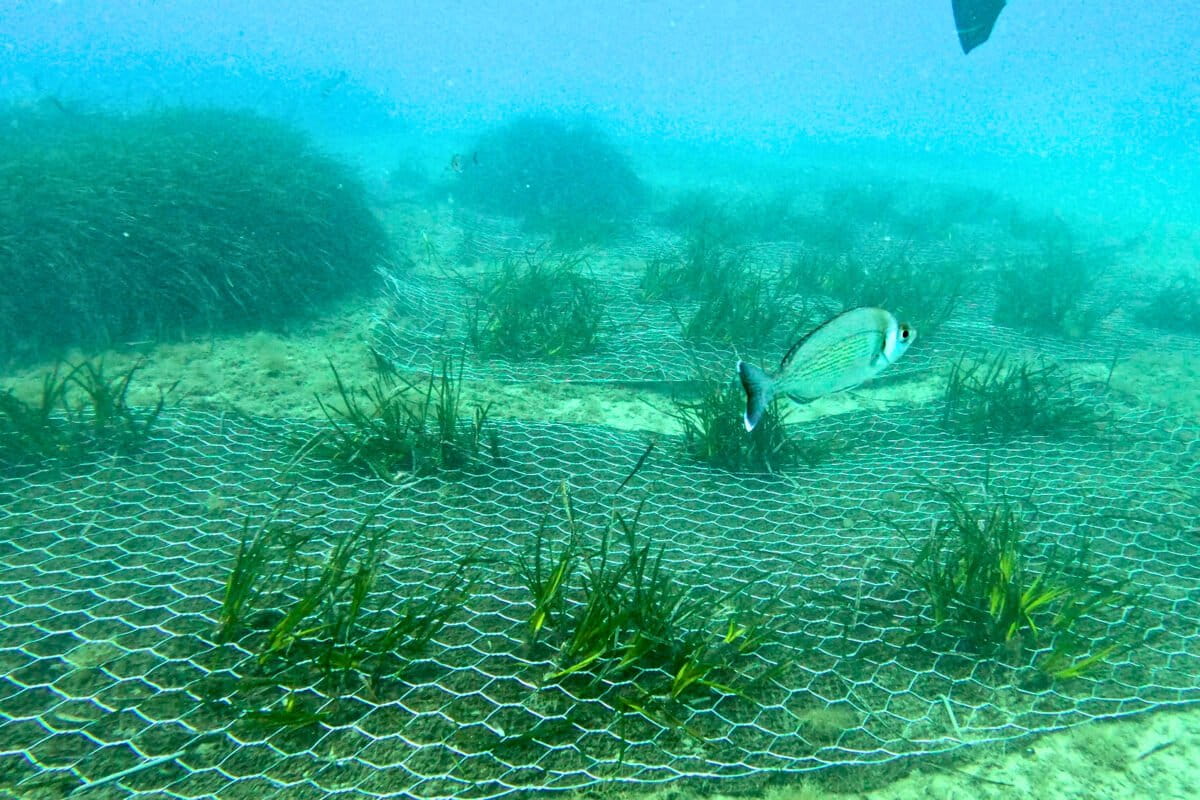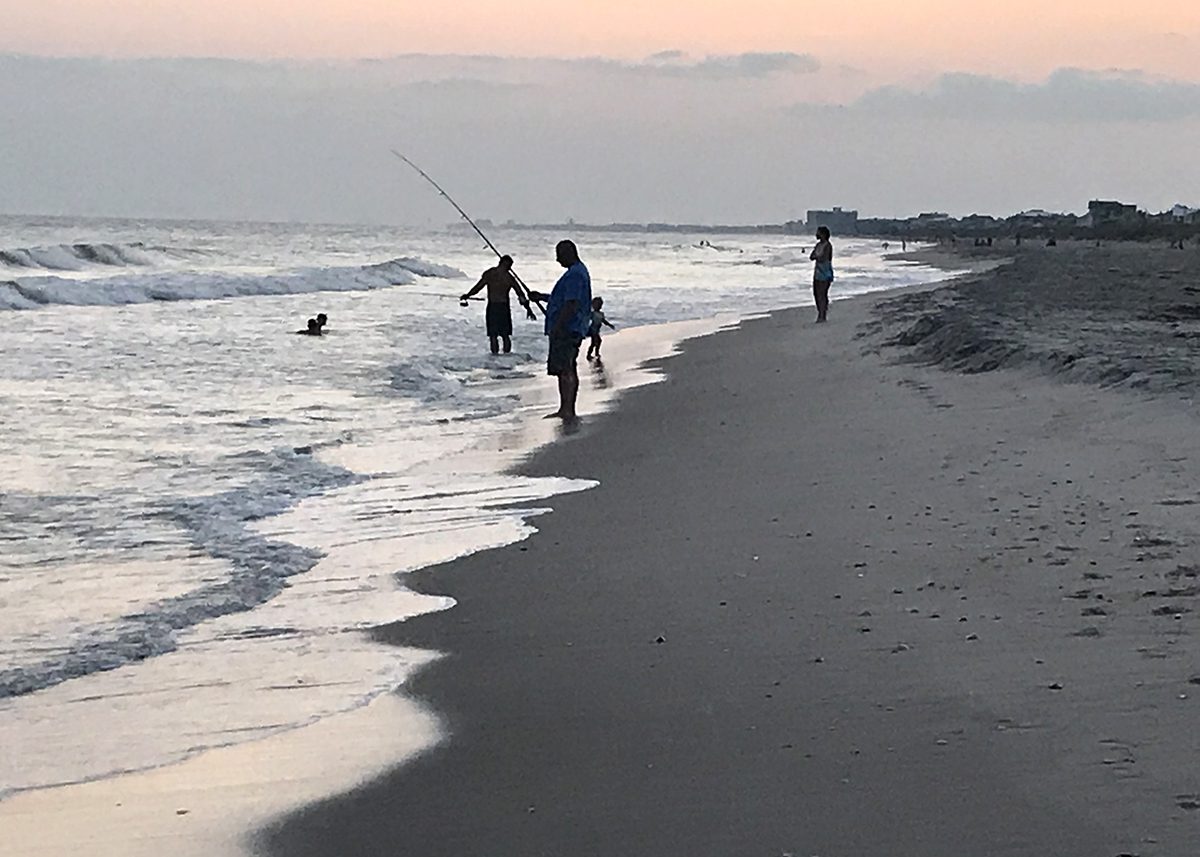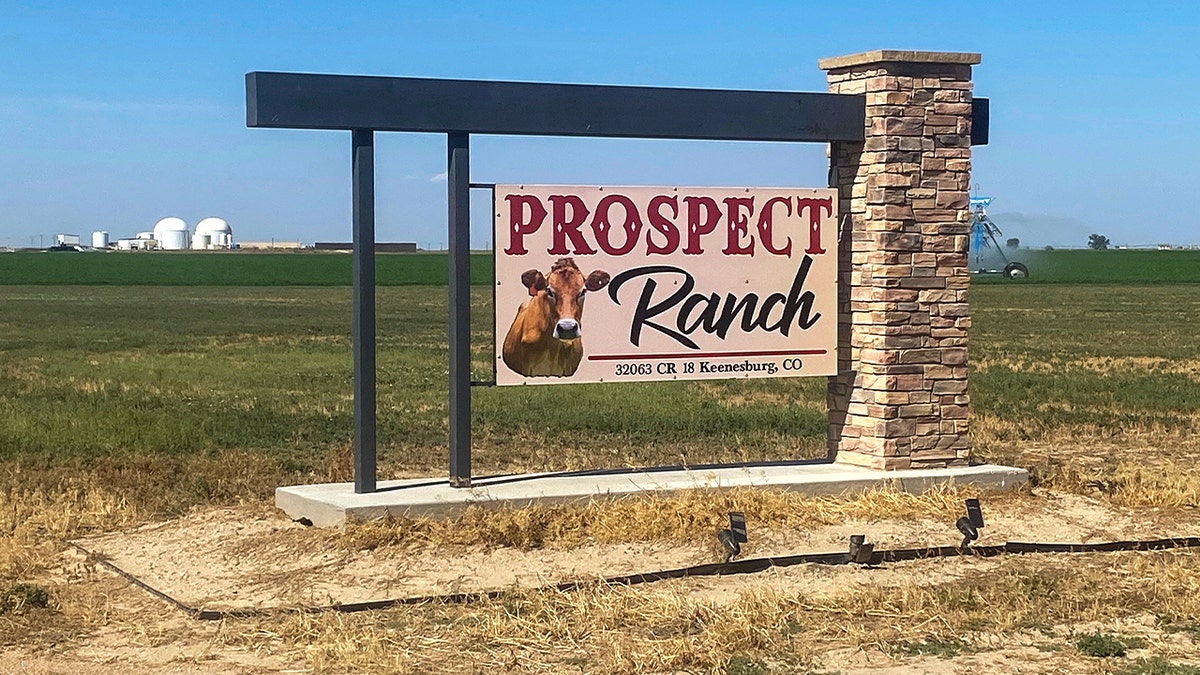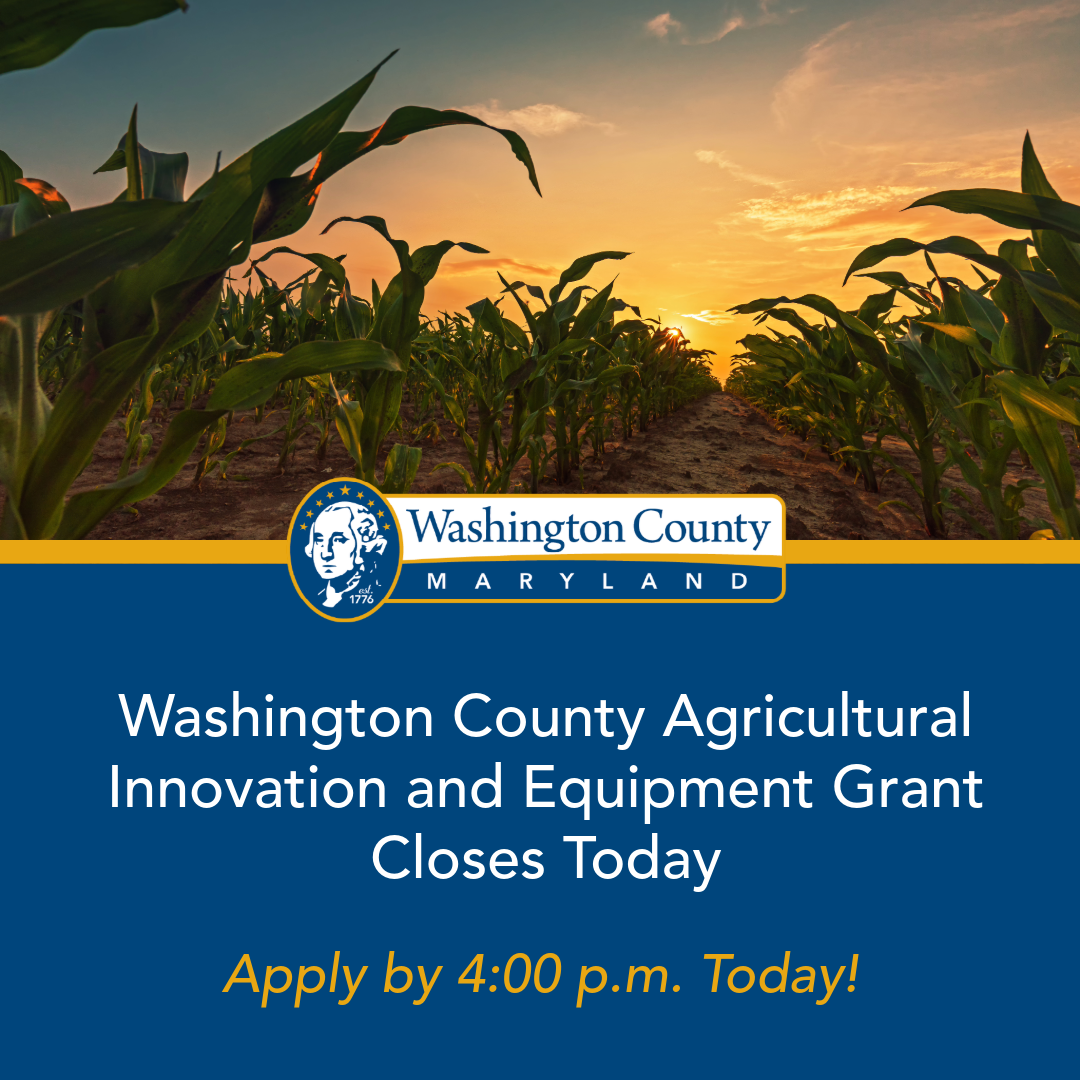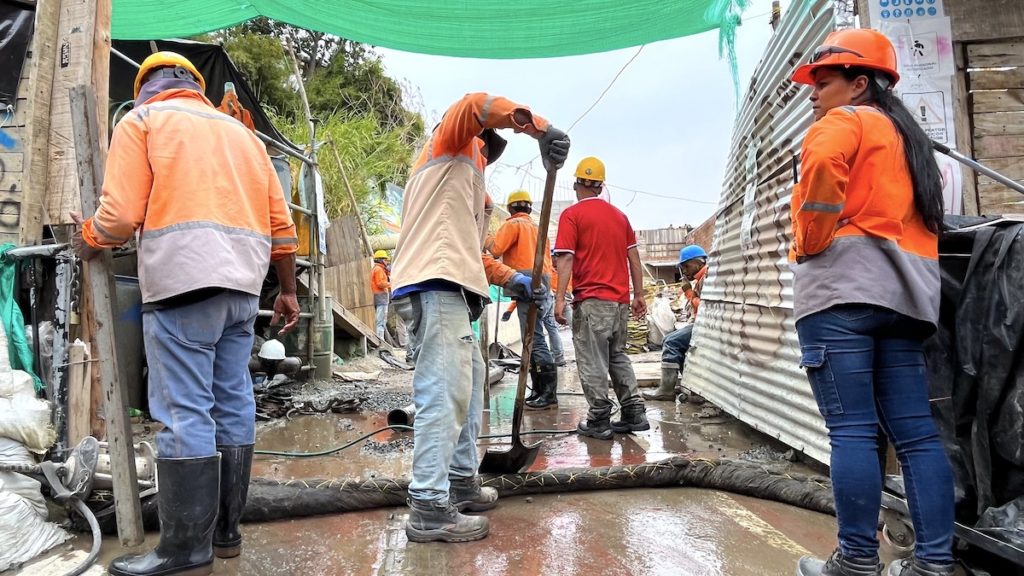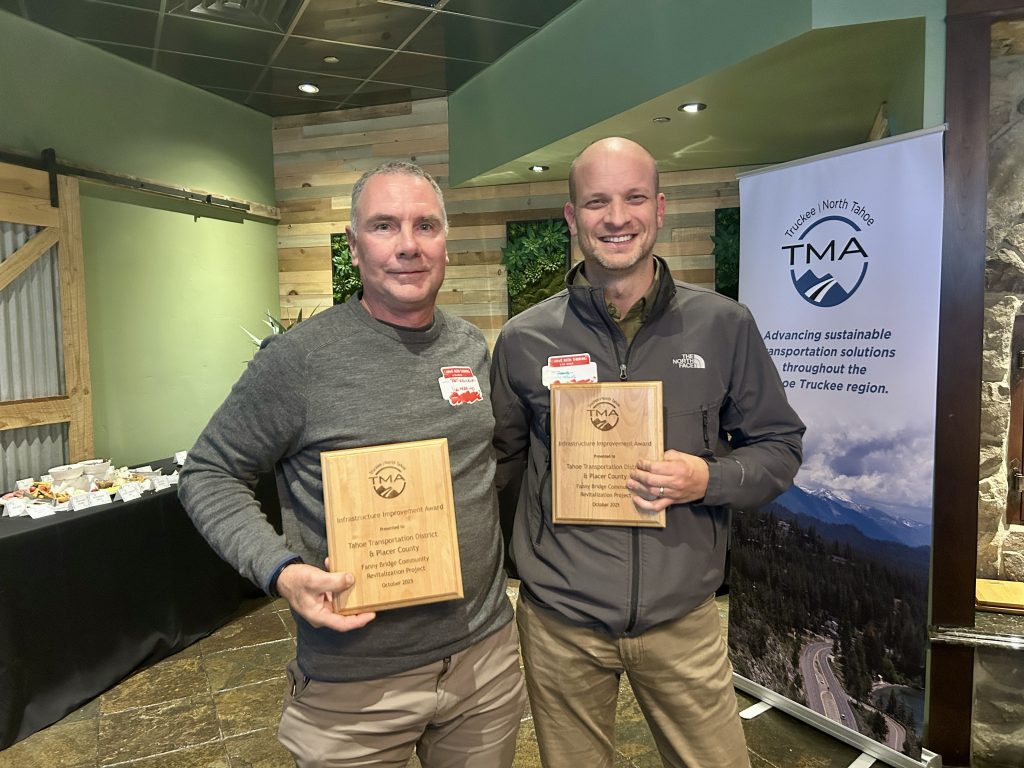These stations are offering free, cold drinking water to Tucsonans in desert heat – AZ Luminaria
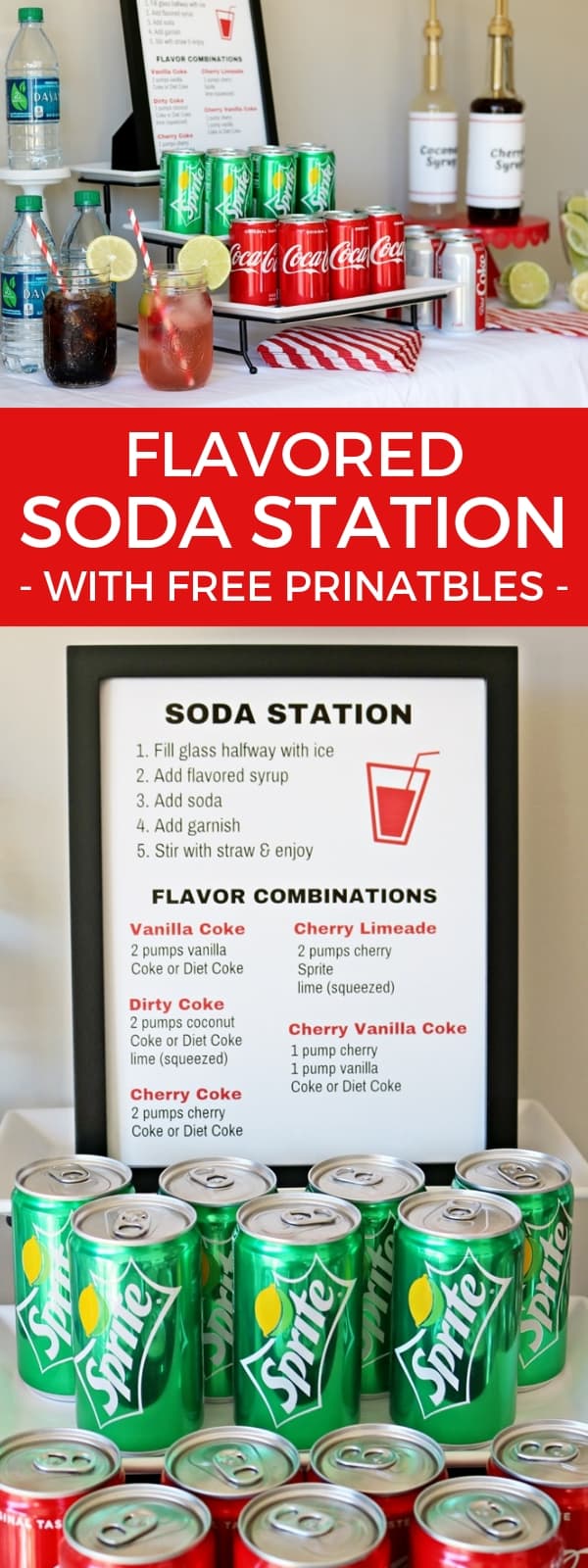
Report on the “Agua Para El Pueblo” Initiative and its Contribution to Sustainable Development Goals
Executive Summary
The “Agua Para El Pueblo” project in Tucson, Arizona, is a community-led mutual aid initiative providing free, clean, and cold drinking water to the public, with a particular focus on the unhoused population. Operating in a region experiencing extreme temperatures, the project serves as a critical public health intervention and a model for community-based climate adaptation. This report analyzes the initiative’s operations, partnerships, and impacts through the framework of the United Nations Sustainable Development Goals (SDGs), highlighting its significant contributions to health, water access, inequality reduction, and sustainable communities.
Project Framework and Alignment with SDG 17: Partnerships for the Goals
The success of Agua Para El Pueblo is fundamentally rooted in collaboration, embodying the principles of SDG 17: Partnerships for the Goals. The project emerged from a coalition of individuals and organizations dedicated to community welfare.
Key Partners and Collaborators
- Founding Organizers: Elizabeth Casey (Community Cares Tucson), Tate Williams, and Xavier Martinez (Amphi Liberation Mutual Aid).
- Organizational Partners: Reconciliation on the River, which provided an organizational structure and an environmental justice perspective.
- Funding and Support: Just Communities Arizona, an abolitionist nonprofit, provides funding through its Community Safety Incubator Projects, recognizing water access as a fundamental safety issue.
- Community Hosts: A network of nearly 30 local businesses, churches, and private homes, including Ben’s Bells and Revolutionary Grounds Books and Coffee, host the water stations.
This multi-stakeholder partnership demonstrates a successful model for mobilizing community resources to address urgent local needs, a core tenet of SDG 17.
Core Mission: Advancing Health, Water Access, and Equality (SDGs 3, 6, & 10)
The project’s primary activities directly address several key SDGs related to human health and equity.
Ensuring Good Health and Well-being (SDG 3)
In Tucson, where summer temperatures consistently exceed 100°F (38°C), dehydration is a life-threatening risk. Agua Para El Pueblo directly contributes to SDG 3: Good Health and Well-being by mitigating this danger. As noted by Enrique Alan Olivares-Pelayo of Just Communities Arizona, providing water is a “literal life and death safety proposition,” particularly for vulnerable individuals. The stations offer an immediate and accessible solution to prevent heat exhaustion, heat stroke, and other heat-related illnesses.
Promoting Clean Water Access and Reducing Inequalities (SDG 6 & 10)
The initiative is a direct response to disparities in access to a fundamental human right.
- SDG 6: Clean Water and Sanitation: The project provides reliable access to safe and clean drinking water for all, a primary target of this goal. It fills a critical gap where public infrastructure, such as park fountains, may be inadequate or provide water at dangerously high temperatures.
- SDG 10: Reduced Inequalities: By strategically placing stations in areas with high foot traffic and a significant presence of unhoused community members, the project actively works to reduce inequalities. It ensures that the ability to pay does not determine an individual’s access to life-sustaining water, thereby promoting social equity.
Fostering Sustainable and Resilient Communities (SDGs 11, 12, & 13)
Beyond its immediate humanitarian mission, Agua Para El Pueblo contributes to broader goals of environmental sustainability and urban resilience.
Climate Adaptation and Urban Resilience (SDG 11 & 13)
The project is a powerful example of community-based adaptation to the impacts of climate change, aligning with SDG 13: Climate Action. As extreme heat events become more frequent and intense, such initiatives are crucial for building resilience. This effort helps create a more inclusive, safe, and resilient urban environment, which is the central aim of SDG 11: Sustainable Cities and Communities.
Promoting Responsible Consumption (SDG 12)
The initiative actively supports SDG 12: Responsible Consumption and Production. Organizers observed that providing free water stations, often accompanied by donated reusable bottles, helps reduce the consumption of single-use plastic water bottles and disposable cups. This has the co-benefit of decreasing litter that pollutes local natural areas, such as the Santa Cruz River, contributing to more sustainable consumption patterns within the community.
Project Impact and Scalability
Community Engagement and Expansion
The project has exceeded initial expectations, growing from a planned five stations to nearly 30 across Tucson. This growth has been fueled by widespread community support, with residents spontaneously donating reusable water bottles, sunscreen, and other essential items at the stations. This organic engagement demonstrates a strong community commitment to mutual care.
A Replicable Model for Action
The success of Agua Para El Pueblo has inspired action beyond Tucson. The creation of a “how-to guide” has enabled other groups, such as Sun City Pickers in El Paso, Texas, to replicate the model in their own community. This demonstrates the project’s scalability and its potential as a blueprint for grassroots action to address the interconnected challenges of climate change, public health, and social inequality.
Analysis of Sustainable Development Goals in the Article
1. Which SDGs are addressed or connected to the issues highlighted in the article?
- SDG 3: Good Health and Well-being
- SDG 6: Clean Water and Sanitation
- SDG 10: Reduced Inequalities
- SDG 11: Sustainable Cities and Communities
- SDG 12: Responsible Consumption and Production
- SDG 13: Climate Action
- SDG 17: Partnerships for the Goals
2. What specific targets under those SDGs can be identified based on the article’s content?
-
SDG 3: Good Health and Well-being
- Target 3.d: Strengthen the capacity of all countries, in particular developing countries, for early warning, risk reduction and management of national and global health risks.
The article highlights that extreme heat in Tucson is a significant health risk, describing dehydration as a “literal life and death safety proposition.” The Agua Para El Pueblo project acts as a community-level risk reduction and management system by providing water to prevent heat exhaustion, heat stroke, and death, thereby strengthening the community’s capacity to manage this climate-related health risk.
- Target 3.d: Strengthen the capacity of all countries, in particular developing countries, for early warning, risk reduction and management of national and global health risks.
-
SDG 6: Clean Water and Sanitation
- Target 6.1: By 2030, achieve universal and equitable access to safe and affordable drinking water for all.
The project’s entire purpose is to address a “need for more access to clean, cold drinking water.” It specifically targets the “unhoused community” and “anyone walking past who might need to rehydrate,” aiming to provide equitable access for vulnerable populations who may not have continuous or affordable access to water. - Target 6.b: Support and strengthen the participation of local communities in improving water and sanitation management.
The project was “created by a group of mutual aid organizers” and relies on community participation. It invites “residents to take a small part in caring for their community” and is sustained by local business owners hosting stations and individuals making donations. This demonstrates a grassroots, community-led approach to water management.
- Target 6.1: By 2030, achieve universal and equitable access to safe and affordable drinking water for all.
-
SDG 10: Reduced Inequalities
- Target 10.2: By 2030, empower and promote the social, economic and political inclusion of all, irrespective of… economic or other status.
The initiative directly addresses the inequality faced by “unhoused or underresourced” individuals. By providing a basic necessity like water, the project increases their safety and ability to survive, promoting their inclusion and well-being within the community regardless of their housing or economic status.
- Target 10.2: By 2030, empower and promote the social, economic and political inclusion of all, irrespective of… economic or other status.
-
SDG 11: Sustainable Cities and Communities
- Target 11.5: By 2030, significantly reduce the number of deaths and the number of people affected… by disasters… with a focus on protecting the poor and people in vulnerable situations.
The article frames extreme heat as a deadly threat, stating it is “deadly to dehydrate in Tucson.” The project is a direct intervention to prevent deaths and negative health impacts from this recurring climate-related hazard, with a specific focus on protecting vulnerable groups like the unhoused community.
- Target 11.5: By 2030, significantly reduce the number of deaths and the number of people affected… by disasters… with a focus on protecting the poor and people in vulnerable situations.
-
SDG 12: Responsible Consumption and Production
- Target 12.5: By 2030, substantially reduce waste generation through prevention, reduction, recycling and reuse.
The project is noted to “help reduce the amount of trash that eventually makes its way into natural bodies of water,” specifically mentioning the reduction of single-use “Polar Pop corner store cups.” It also actively promotes reuse by encouraging and accepting “reusable water bottle donations.”
- Target 12.5: By 2030, substantially reduce waste generation through prevention, reduction, recycling and reuse.
-
SDG 13: Climate Action
- Target 13.1: Strengthen resilience and adaptive capacity to climate-related hazards and natural disasters in all countries.
The project is a direct response to a climate-related hazard: extreme heat, with temperatures “consistently reach more than 100 degrees.” It is a community-based adaptation strategy that builds resilience among the city’s most vulnerable populations against the impacts of rising temperatures.
- Target 13.1: Strengthen resilience and adaptive capacity to climate-related hazards and natural disasters in all countries.
-
SDG 17: Partnerships for the Goals
- Target 17.17: Encourage and promote effective public, public-private and civil society partnerships…
The article details a multi-stakeholder partnership. It involves several civil society and mutual aid groups (Community Cares Tucson, Amphi Liberation Mutual Aid, Reconciliation on the River), a nonprofit partner providing grants (Just Communities Arizona), and private businesses hosting the stations (Ben’s Bells, Arizona Poppy Shop, Revolutionary Grounds).
- Target 17.17: Encourage and promote effective public, public-private and civil society partnerships…
3. Are there any indicators mentioned or implied in the article that can be used to measure progress towards the identified targets?
-
For SDG 6 (Clean Water) & SDG 11 (Sustainable Cities)
- Number of water stations established: The article explicitly states there are “almost 30 stations throughout the city.” This is a direct indicator of increased access points for water.
- Geographic distribution of stations: Progress is shown by the expansion of stations “far beyond the central Tucson area,” indicating wider community coverage.
- Replication of the model: The project’s success is indicated by its replication in other cities, as “a group in El Paso, Texas to set up their own water station” using the project’s guide.
-
For SDG 12 (Responsible Consumption)
- Number of reusable bottles distributed: The article mentions that “the group frequently asks for reusable water bottle donations,” implying that the number of bottles collected and given out is a measure of promoting reuse.
- Reduction of single-use plastic waste: An implied indicator is the reduction of trash like “Polar Pop corner store cups” in local natural areas like the Santa Cruz River.
-
For SDG 17 (Partnerships)
- Number and type of partners: The article names multiple partners, including mutual aid groups, nonprofits, and local businesses, indicating the breadth of the partnership.
- Amount of funding/resources mobilized: Progress is indicated by the funding received through a “Just Communities Arizona grant and through individual donations” to pay for the stations, which cost “$175 and $200.”
-
For SDG 3 (Health) & SDG 11 (Disaster Reduction)
- Reduction in heat-related health incidents: While not explicitly measured in the article, the ultimate indicator of success is the prevention of dehydration, heat stroke, and death. The statement that the project “keeps them alive” points to this as the key intended outcome.
4. Table of SDGs, Targets, and Indicators
| SDGs | Targets | Indicators Identified in the Article |
|---|---|---|
| SDG 3: Good Health and Well-being | 3.d: Strengthen capacity for health risk reduction and management. | Implied reduction in cases of dehydration, heat exhaustion, and heat stroke. |
| SDG 6: Clean Water and Sanitation | 6.1: Achieve universal and equitable access to safe and affordable drinking water.
6.b: Strengthen the participation of local communities in water management. |
Number of water stations established (almost 30). Geographic distribution of stations (central and beyond). Number of community hosts and volunteers. Replication of the project in other cities (El Paso). |
| SDG 10: Reduced Inequalities | 10.2: Empower and promote the inclusion of all, irrespective of economic or other status. | Provision of water specifically for “unhoused” and “underresourced” people. |
| SDG 11: Sustainable Cities and Communities | 11.5: Reduce deaths and people affected by disasters, protecting the vulnerable. | Provision of water as a “literal life and death safety proposition” to prevent deaths from extreme heat. |
| SDG 12: Responsible Consumption and Production | 12.5: Substantially reduce waste generation through reduction and reuse. | Number of reusable water bottles donated/distributed. Observed reduction of single-use cup waste. |
| SDG 13: Climate Action | 13.1: Strengthen resilience and adaptive capacity to climate-related hazards. | Establishment of water stations as a community adaptation strategy to extreme heat (100+ degree temperatures). |
| SDG 17: Partnerships for the Goals | 17.17: Encourage and promote effective public-private and civil society partnerships. | Number of participating partners (mutual aid groups, nonprofits, private businesses). Amount of funding mobilized through grants and donations. |
Source: azluminaria.org

What is Your Reaction?
 Like
0
Like
0
 Dislike
0
Dislike
0
 Love
0
Love
0
 Funny
0
Funny
0
 Angry
0
Angry
0
 Sad
0
Sad
0
 Wow
0
Wow
0


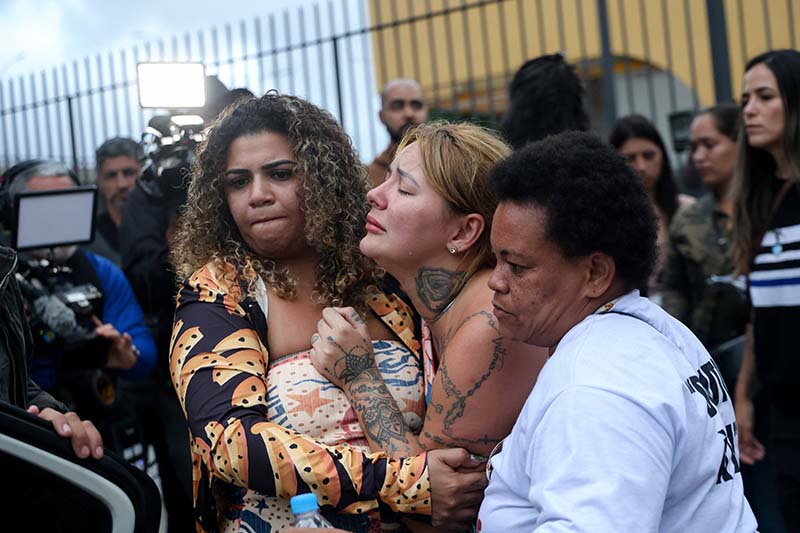




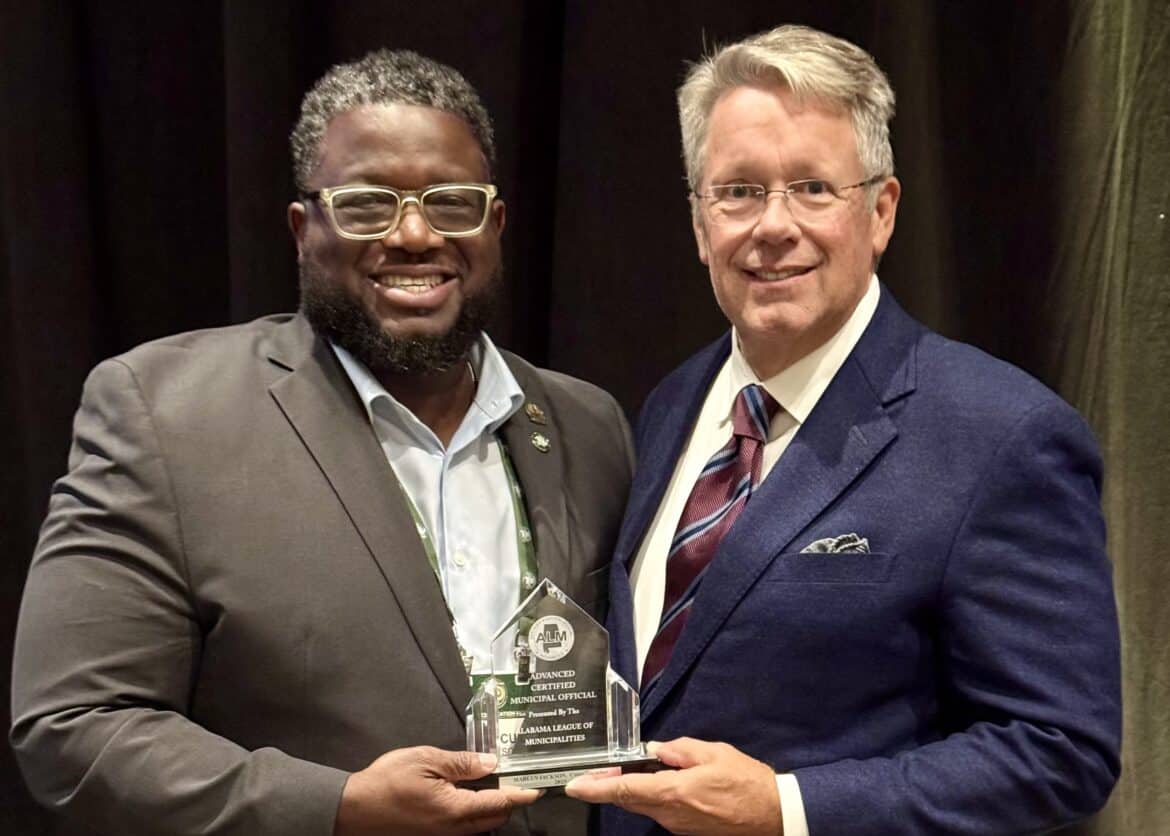







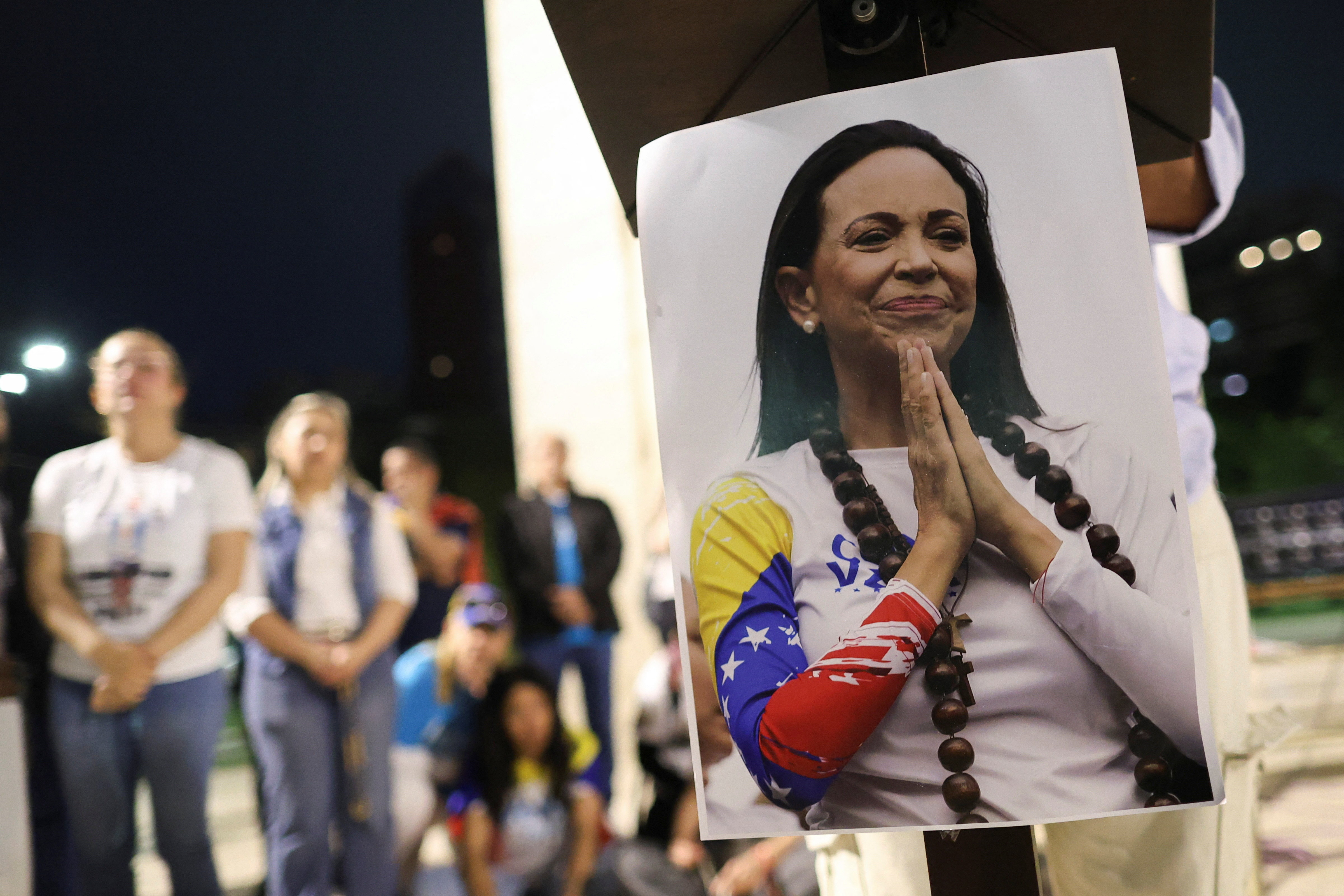;Resize=805#)


